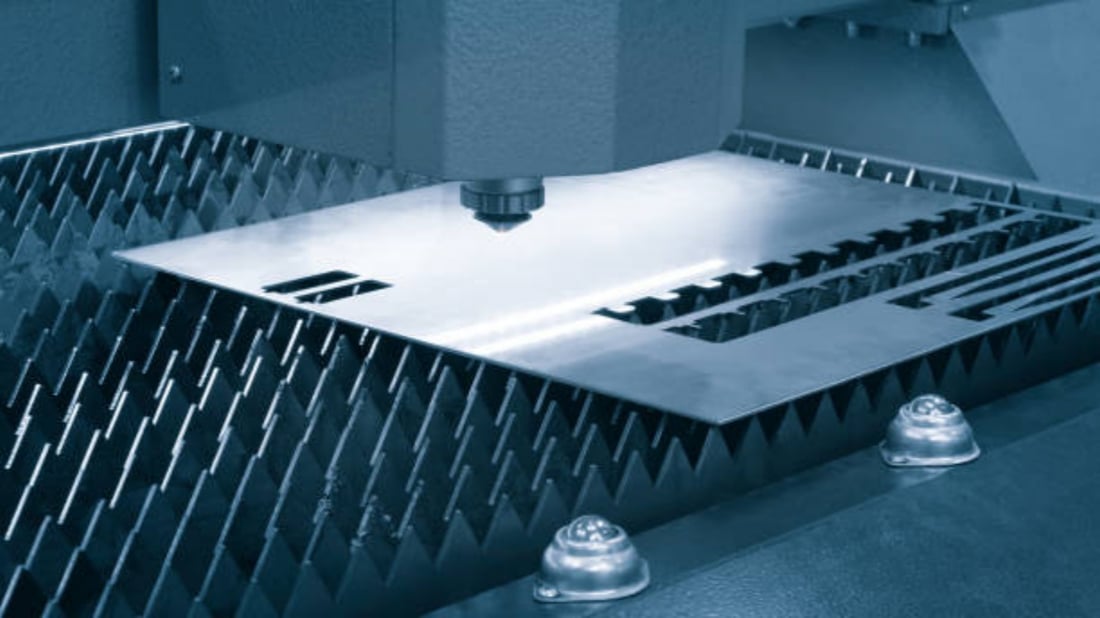What is the difference between a bridge mill and a gantry mill?

Introduction:
When it comes to machining large workpieces, two common options are bridge mills and gantry mills. These machines are widely used in various industries, including aerospace, automotive, and manufacturing. While both bridge mills and gantry mills are capable of handling heavy-duty tasks, there are some key differences between them. In this article, we will explore the distinctions between a bridge mill and a gantry mill, helping you understand which one is better suited for your specific needs.
1. Structure and Design between a bridge mill and a gantry mill:
A bridge mill, also known as a bridge-type vertical machining center (VMC), features a fixed bridge structure with a moving table. This design allows the spindle to move along the bridge's Y-axis, while the table moves along the X-axis. On the other hand, a gantry mill, also called a gantry-type VMC, has a fixed table and a gantry structure that supports the spindle. The gantry structure moves along the X-axis, while the spindle moves along the Y-axis and Z-axis. The distinct structure and design of both machines have a significant impact on their capabilities and applications.
2. Size and Workpiece Capacity between a bridge mill and a gantry mill:
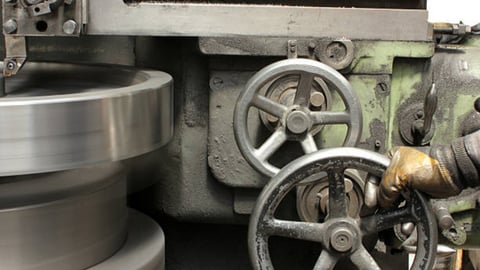
Bridge mills are typically smaller in size compared to gantry mills. They are suitable for machining relatively smaller workpieces that require high precision. Gantry mills, on the other hand, are larger and more robust, making them ideal for machining larger workpieces that demand heavy cutting and high material removal rates. The size and workpiece capacity of each machine should be considered based on the specific requirements of your projects.
3. Rigidity and Stability between a bridge mill and a gantry mill:
When it comes to rigidity and stability, gantry mills have the upper hand. The gantry structure provides excellent stability and support to the spindle, resulting in higher machining accuracy and reduced vibrations. Bridge mills, while still capable of achieving high precision, may exhibit slightly lower rigidity due to their moving table design. If your applications demand utmost stability and accuracy, a gantry mill might be the better choice.
4. Flexibility and Versatility between a bridge mill and a gantry mill:
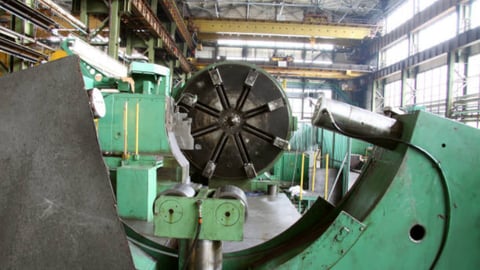
Bridge mills offer greater flexibility and versatility in terms of tooling options. The moving table design allows for easier tool changes and workpiece setup, making it suitable for jobs that require frequent tool swaps or multiple setups. Gantry mills, on the other hand, are better suited for continuous, long-duration machining operations where tool changes are minimal. Consider the nature of your projects and the level of flexibility required before deciding between a bridge mill and a gantry mill.
5. Speed and Accelerationbetween a bridge mill and a gantry mill:
Due to their structural differences, bridge mills generally offer faster acceleration and rapid traverse speeds. The fixed bridge structure allows for quicker movements along the Y-axis, resulting in reduced idle times and increased productivity. Gantry mills, while still capable of achieving high speeds, may have slightly slower acceleration rates due to the heavier gantry structure. If speed is a critical factor for your applications, a bridge mill might be the better choice.
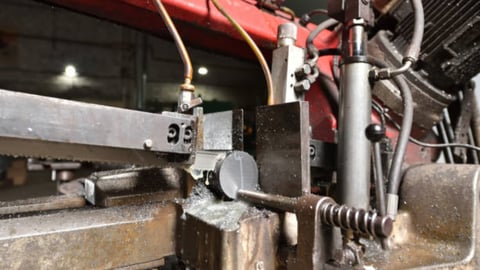
6. Cost and Investment between a bridge mill and a gantry mill:
Bridge mills tend to be more cost-effective compared to gantry mills. Their smaller size and simpler design contribute to lower manufacturing costs, making them a more affordable option for smaller businesses or projects with budget constraints. Gantry mills, with their larger size and more complex structure, often come with a higher price tag. Consider your budget and the long-term return on investment when choosing between a bridge mill and a gantry mill.
7. Precision and Accuracy between a bridge mill and a gantry mill:
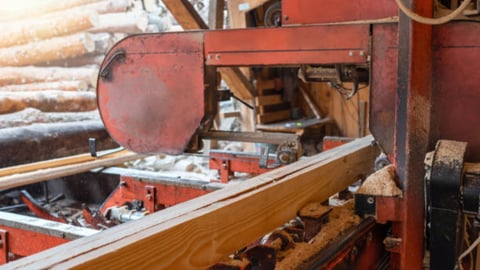
Both bridge mills and gantry mills are capable of achieving high precision and accuracy. However, due to their fixed bridge structure, bridge mills can offer slightly better positional accuracy and repeatability. Gantry mills may have slightly lower positional accuracy due to the movement of the gantry structure. That being said, both machines are capable of meeting the stringent demands of precision machining.
8. Maintenance and Accessibility:
In terms of maintenance and accessibility, bridge mills are generally easier to maintain and service. The moving table design allows for better access to various components, simplifying routine maintenance tasks. Gantry mills, with their larger size and more complex structure, may require more effort and time for maintenance. Consider the availability of maintenance resources and the ease of access when evaluating the long-term maintenance requirements of each machine.
9. Applications and Industries:

Bridge mills are commonly used in industries that require high precision machining, such as aerospace, electronics, and mold making. Their flexibility and versatility make them suitable for a wide range of applications. Gantry mills, with their robustness and heavy-duty capabilities, are often found in industries such as automotive, energy, and shipbuilding, where machining large workpieces is essential. Consider the specific requirements of your industry and applications before deciding on the right machine.
10. Conclusion:
Both bridge mills and gantry mills have their own strengths and applications. The choice between the two depends on various factors, including the size of workpieces, required precision, flexibility, and budget. Bridge mills offer flexibility, lower costs, and high precision, making them ideal for smaller workpieces and projects with frequent tool changes. Gantry mills excel in heavy-duty machining, stability, and rigidity, making them suitable for larger workpieces and applications that demand high material removal rates. Assess your specific needs and consult with experts to determine the best machine for your machining requirements.

